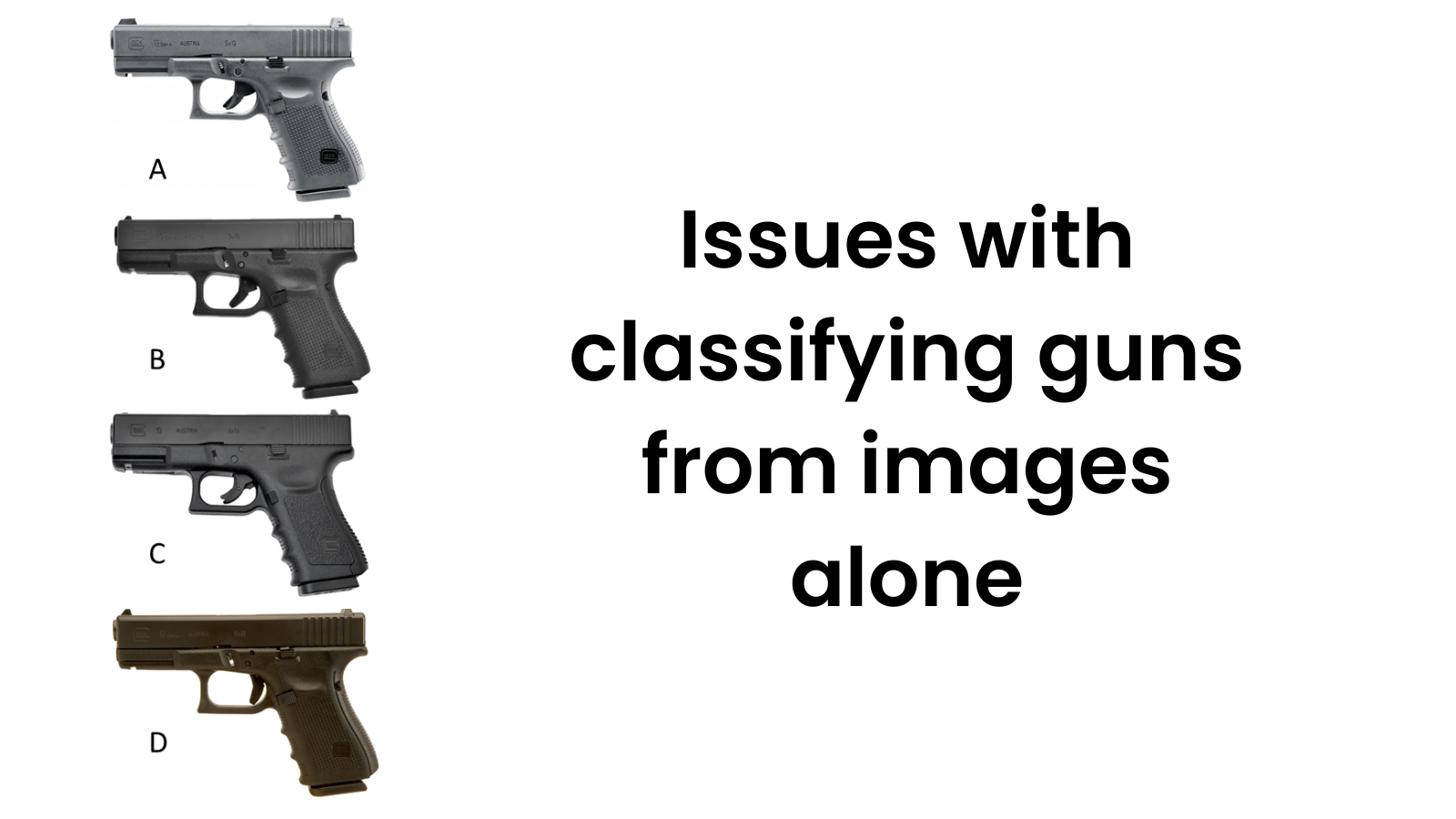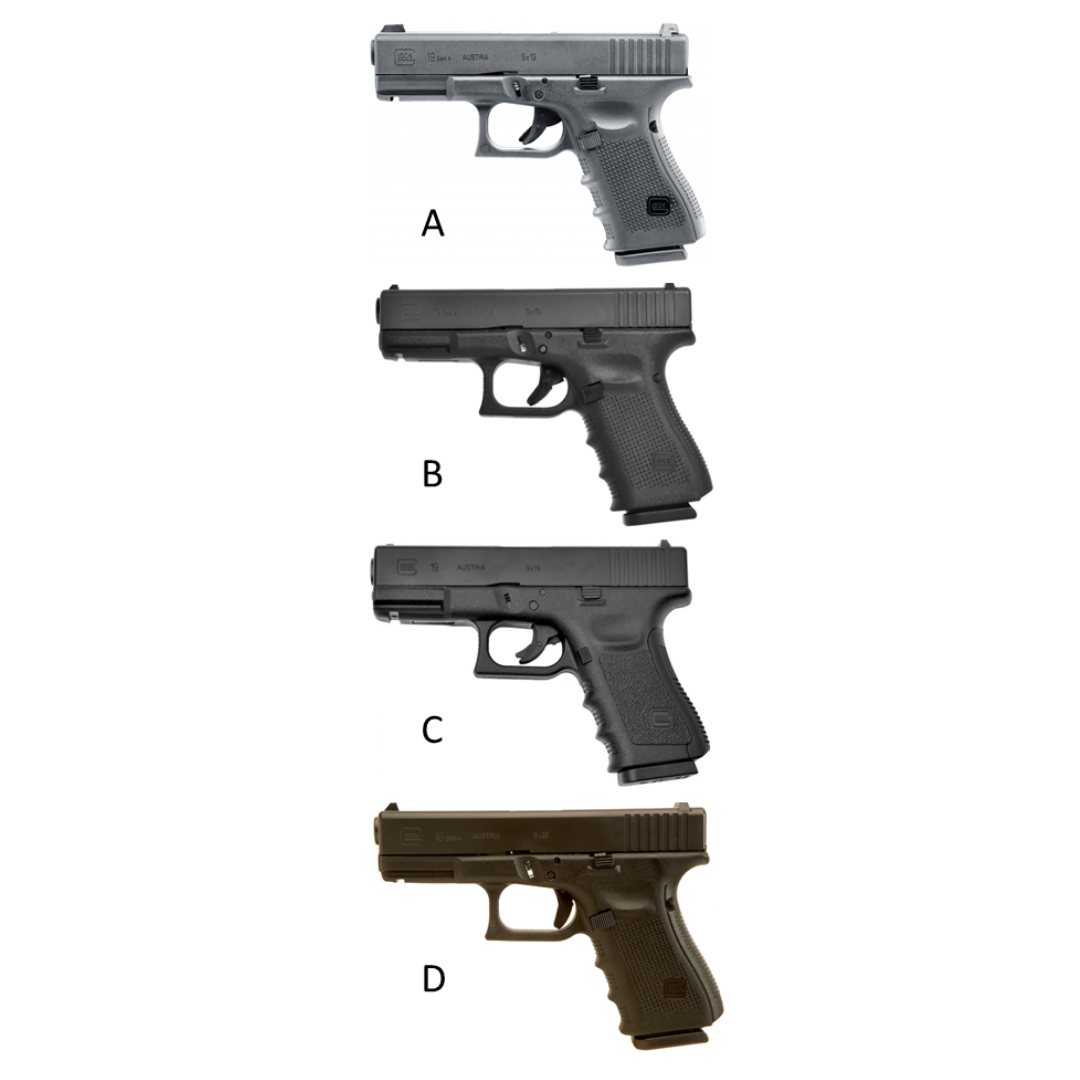
January 19 2023

EncroChat handsets emerged in 2016 and allowed subscribers to contact each other using modified smartphones with encrypted messaging services built in. Their security features were popular with organised crime groups for various criminal activities including distribution of drugs, guns, people trafficking and money laundering. EncroChat was eventually exposed by French security who managed to collect a vast amount of data from the phones before it was discovered by the owners and shut down. The recovered data included messages, location information and images, including of alleged firearms and ammunition, and charges were brought against individuals exposed without any firearms or ammunition ever being recovered. This isn’t just limited to EncroChat images; we have also seen cases of police officers classifying firearms from other sources, such as videos, Snapchat, WhatsApp and so on.
As such, we have seen a number of cases with potential classifications put forward by the Crown based solely upon images of firearms and their associated text. These were used to help form the basis of serious charges against the defendants. Additionally, the associated text may indicate that the firearm is for sale, however, when some illegal firearms are being sold from anything between £3000 and £10,000 it may not be unreasonable to assume that some of the “sellers”, whilst using an anonymous messaging service, are attempting to pass off imitations or non-functioning (broken or deactivated) guns as genuine functional firearms for financial gain.
Section 57(1) of the Firearms Act 1968 defines a ‘firearm’ as a lethal barrelled weapon from which a shot, bullet or other missile, with kinetic energy of more than one joule at the muzzle of the weapon, can be discharged. To satisfy the legislation then, in our opinion, the firearm has to be examined or tested by a suitable forensic services provider. If not, we cannot ever know if a gun in a picture was lethally barrelled or not. We can certainly speculate on what their classification may be if the weapon is assumed to be a genuine firearm but this is a critical assumption. Without physically and forensically examining each gun, there is no means to be sure it isn’t a fake or fraud. The evidential value of any speculative ‘classification’ based on images must be questioned.
To illustrate the point, the increased popularity of ‘airsoft’ guns (a form of low powered air gun designed to fire 6mm plastic balls) means that a large number of very realistic replica guns are available to purchase. These are modelled on real designs and frequently made under license meaning that they will have the same branding as the actual guns on which they are modelled. Additionally, many blank firing replicas and air pistols are also modelled on existing guns. For this reason, when looking at an image alone it is often impossible to determine what kind of weapon you may be looking at unless specific features, such as a proof mark, are visible. A large number of airsoft and deactivated firearms exist in the UK. For example, look at the four images below:
What do you think? (Answers are at the bottom of the article)

Unless compelling evidence is present in the image, we are of the view that it is simply unsafe and unscientific to attempt to ‘classify’ a firearm from an image alone, particularly if the person carrying out the ‘classification’ is not actually experienced in the forensic examination of guns and their classification.
We are happy to provide assistance in cases where this type of issue arises. Please get in touch with David Platt or Alan Henderson on 0191 332 4999 or at kbc@keithborer.co.uk.
Answers:
Author
David Platt
BSc(Hons), MSc
Author
Alan Henderson
BSc(Hons), CChem, MRSC